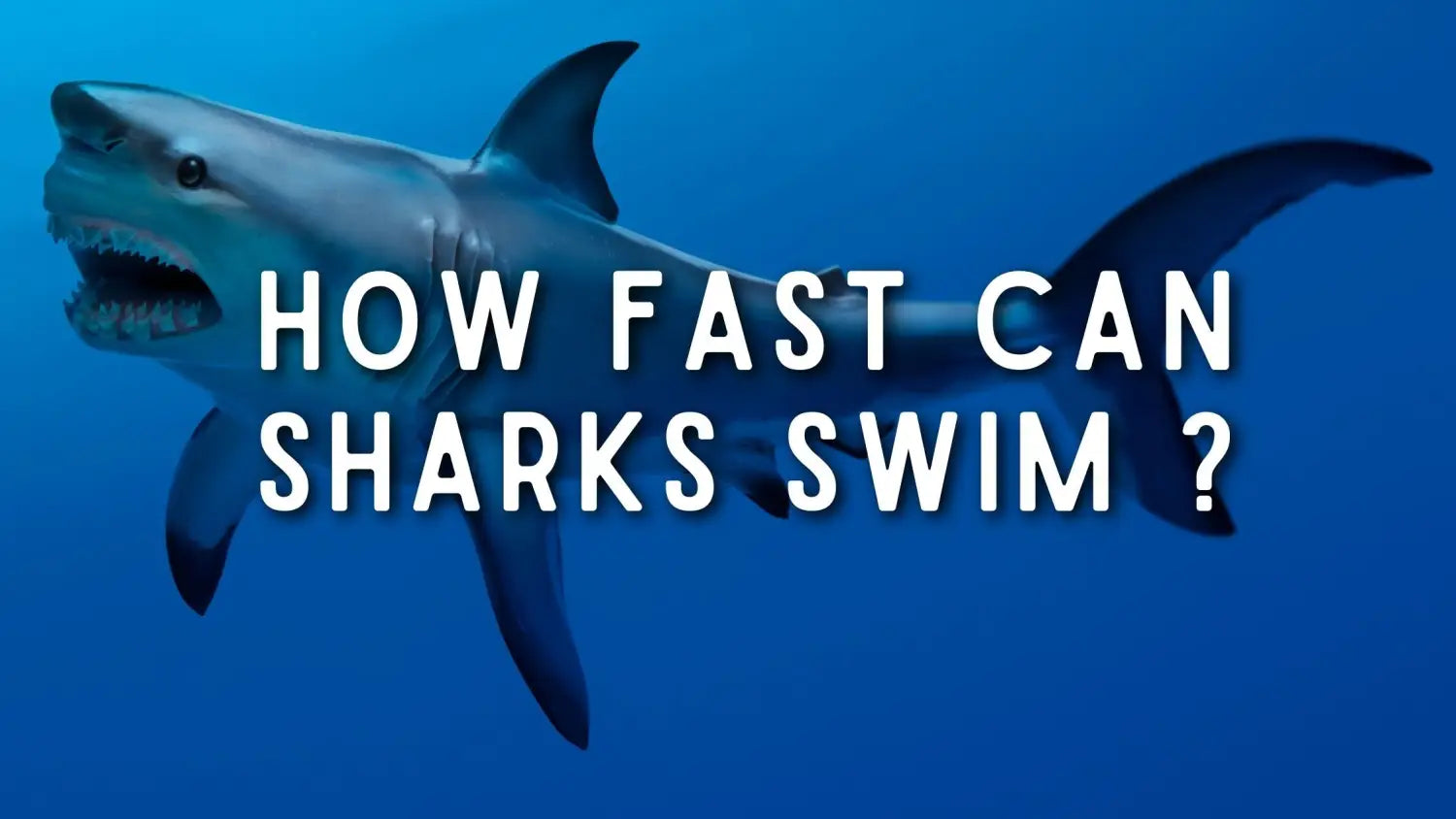Sharks are known for their speed and agility in the water, but just how fast can these predators swim?
In this article, we'll take a closer look at the top speeds of different species of sharks and explore the unique adaptations that allow them to move so quickly through the water.
The Fastest Sharks in the Ocean
When it comes to speed, not all sharks are created equal. Some species of sharks are known for their incredible speed, while others are relatively slow swimmers. Here are a few examples of some of the fastest sharks in the ocean:
Shortfin Mako Shark: The shortfin mako shark (Isurus oxyrinchus) is considered one of the fastest sharks in the ocean, with a top speed of around 60 miles per hour. This speed is made possible by the shark's streamlined body and powerful muscles, which allow it to swim with tremendous force.
Great White Shark: The great white shark (Carcharodon carcharias) is another fast swimmer, with a top speed of around 25 miles per hour. This speed may not be as impressive as that of the shortfin mako shark, but it is still impressive considering the great white shark's size and weight.
Porbeagle Shark: The porbeagle shark (Lamna nasus) is another fast-swimming species, with a top speed of around 50 miles per hour. Like the shortfin mako shark, the porbeagle shark has a streamlined body and powerful muscles that allow it to swim quickly through the water.
The Factors that Affect Shark Speed
So, what factors contribute to a shark's top swimming speed? There are several factors that can affect a shark's speed, including its size, body shape, and muscle strength.
Sharks with streamlined bodies and powerful muscles are typically faster swimmers than those with a more bulky or cumbersome body shape. Additionally, larger sharks may be slower swimmers than smaller sharks due to their size and weight.
Shark Adaptations for Speed
In addition to their physical characteristics, sharks also have a number of adaptations that allow them to swim quickly and efficiently through the water. For example, many sharks have a large, muscular tail fin (also known as a caudal fin) that helps them propel themselves through the water.
Sharks also have a layer of tiny scales called dermal denticles that cover their skin. These scales are arranged in a way that allows them to reduce drag and improve the shark's hydrodynamic efficiency. This helps the shark swim faster and more efficiently through the water.
Shark Speed in Action
While it's one thing to read about shark speed, it's another thing entirely to see it in action. There are several amazing videos and documentaries that showcase the speed and power of sharks in the water. If you're interested in learning more about shark speed and seeing these incredible predators in action, be sure to check out some of these resources.
How Fast Can Sharks Swim ? In conclusion
Sharks are some of the fastest swimmers in the ocean, with top speeds that can reach up to 60 miles per hour. From the streamlined bodies of the shortfin mako shark to the powerful muscles of the porbeagle shark, these predators have a variety of adaptations that allow them to swim quickly and efficiently through the water. Whether you're a shark enthusiast or just fascinated by these incredible creatures, it's worth taking the time to learn more about their amazing speed and power.





















